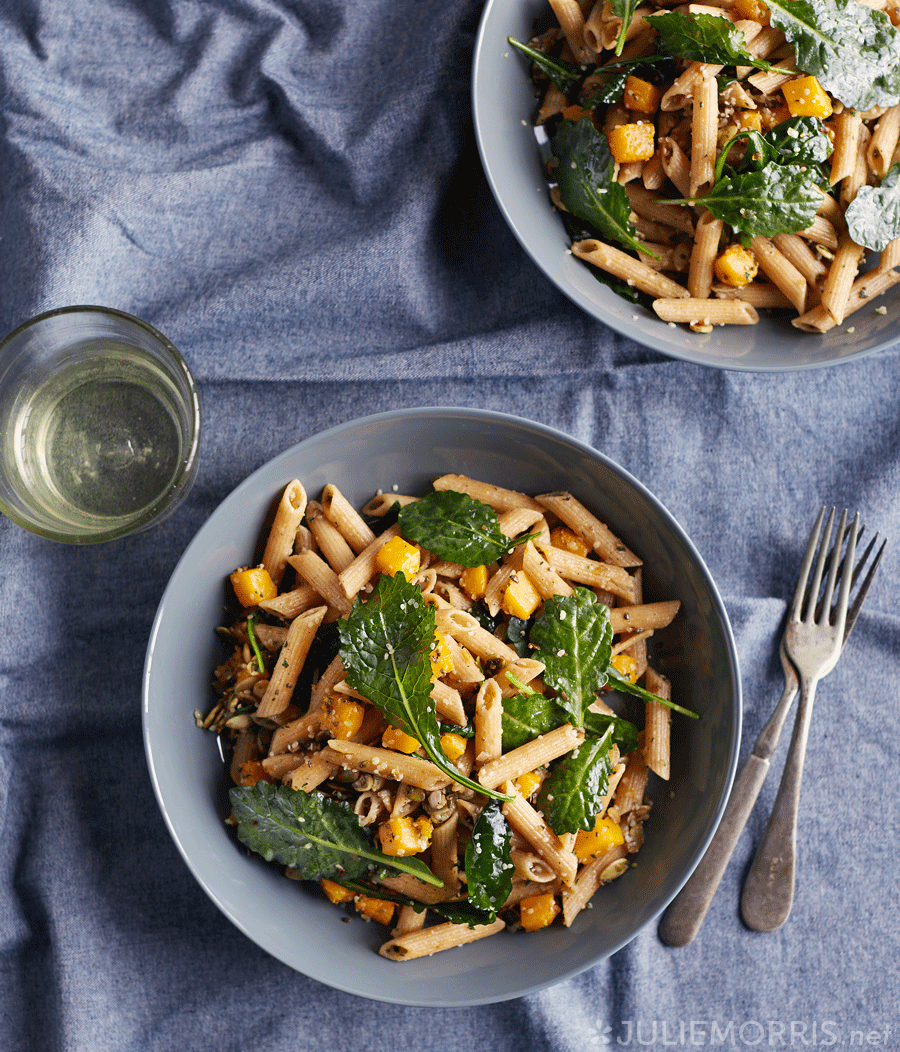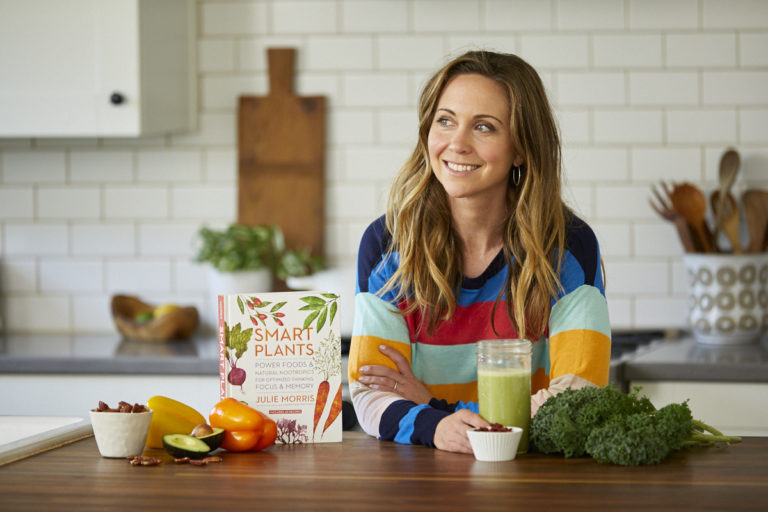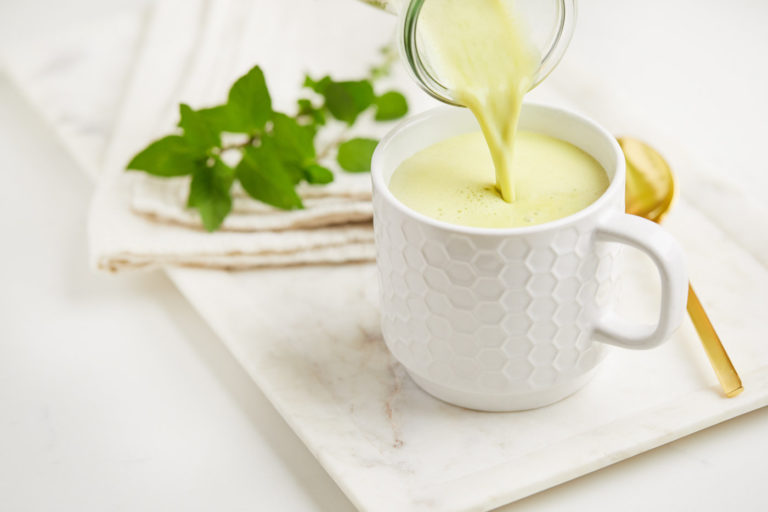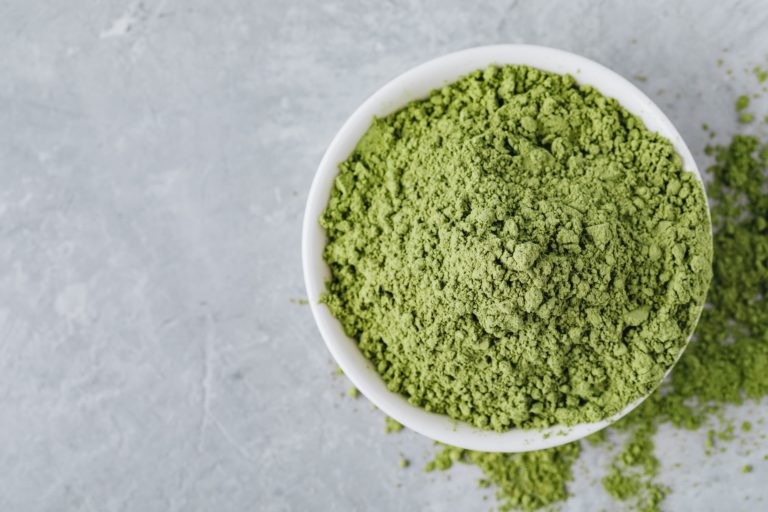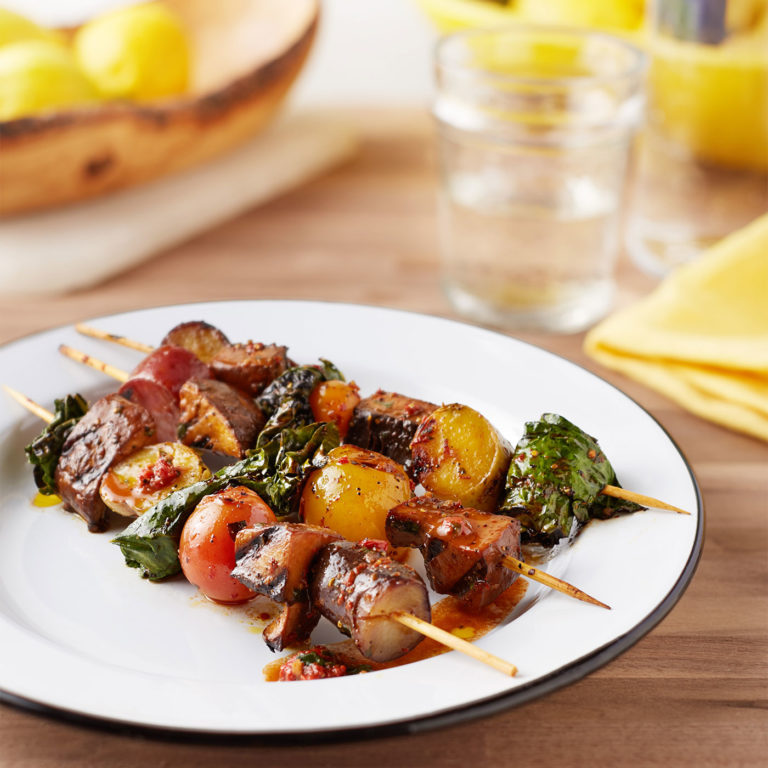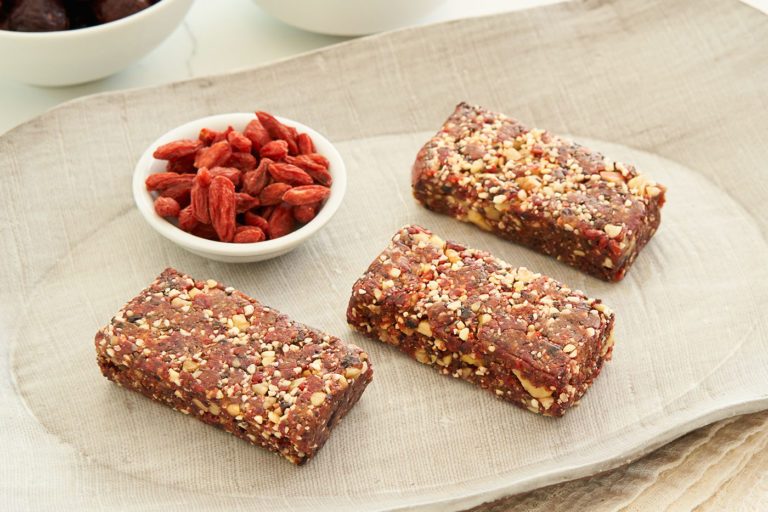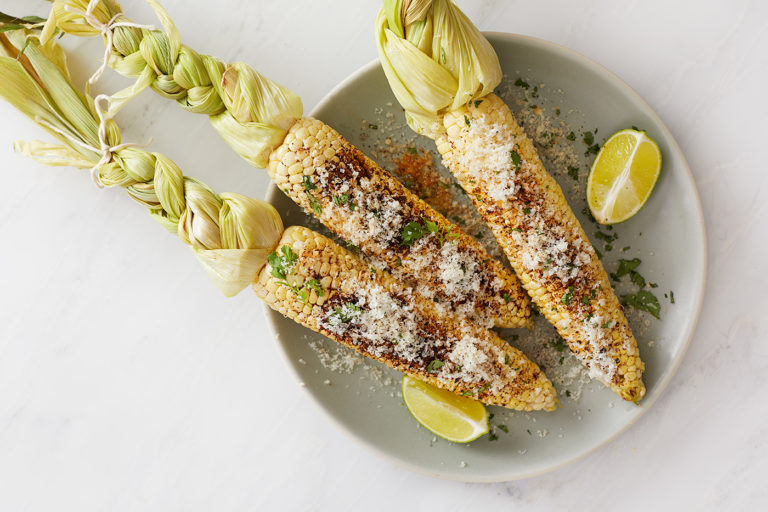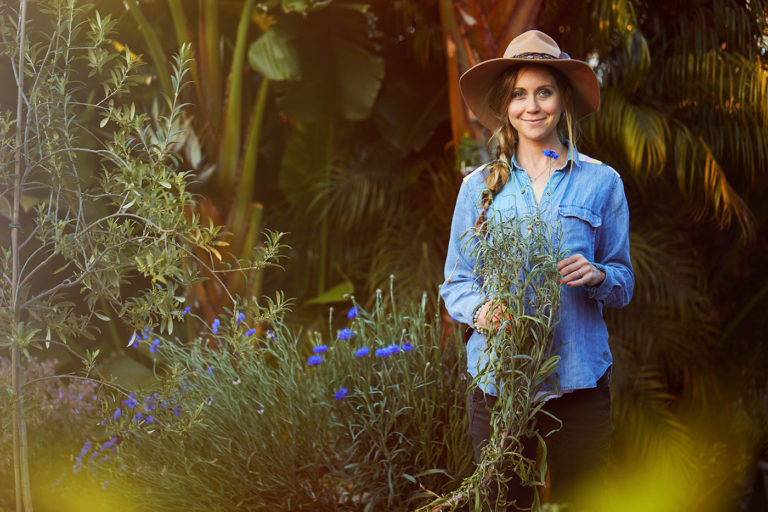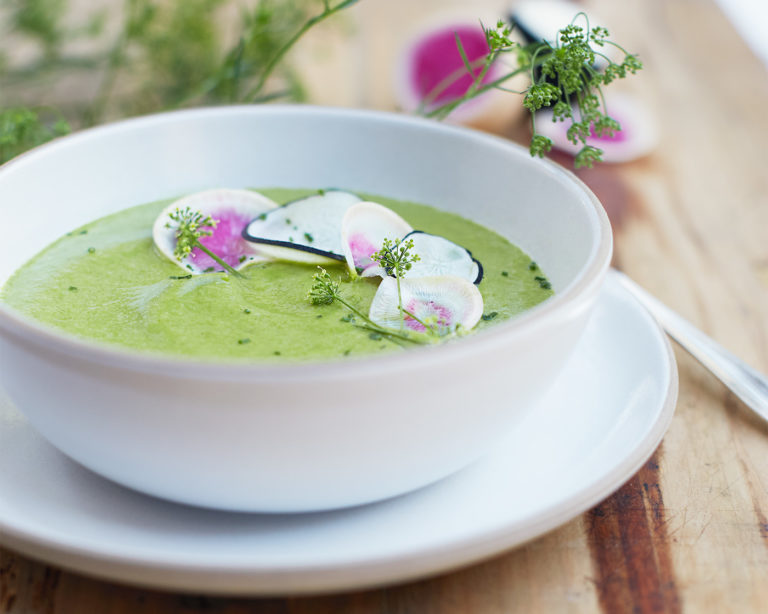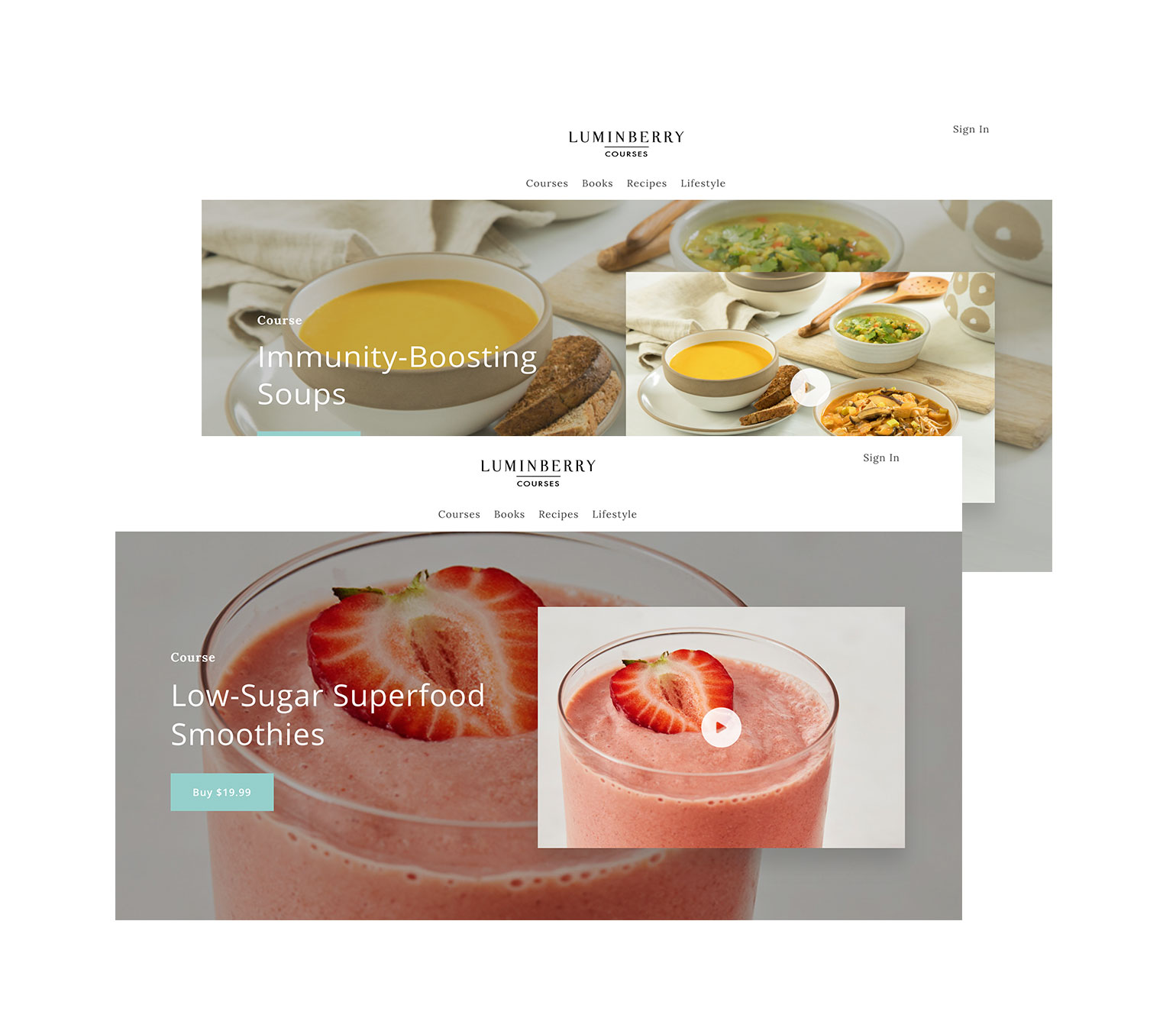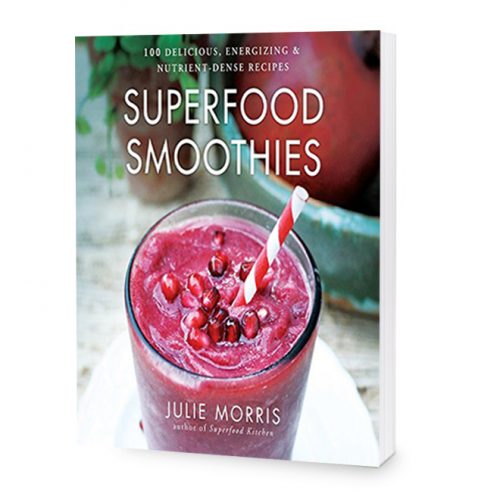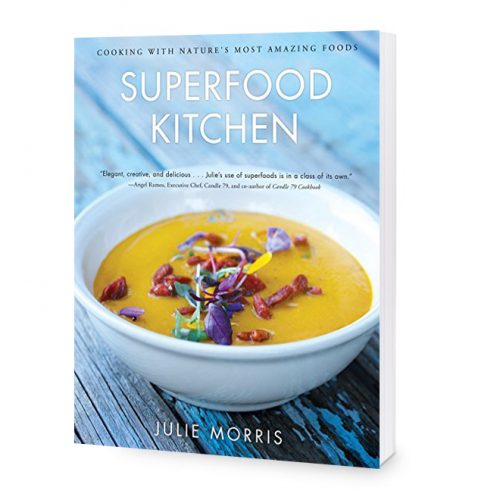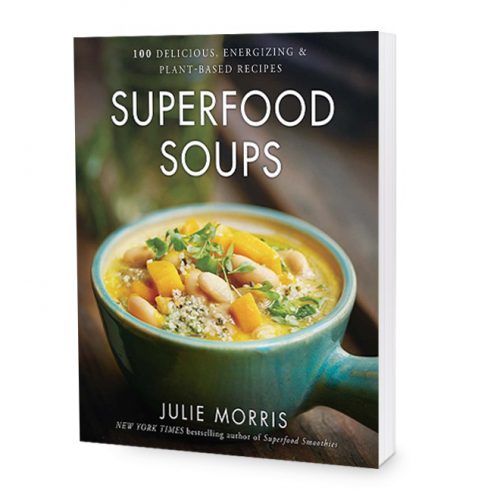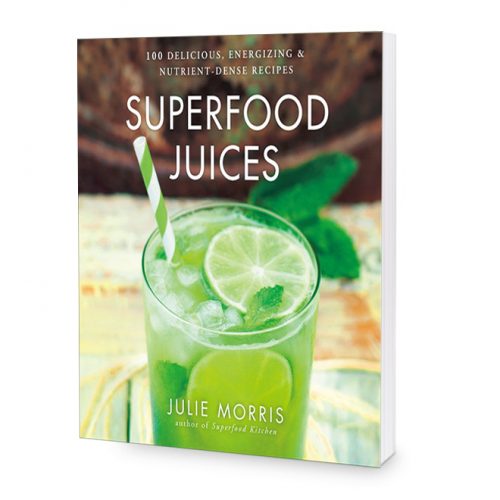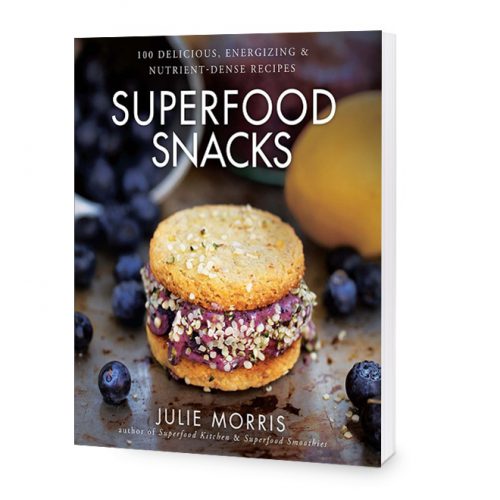It’s no secret that every fall, a collective cry can be heard from foodies around the world: “SQUAAAAAAAAAASH!” We pretty much freak out over the ability to get that big, heavy, colorful winter squash again, the same way we might react from bumping into a long-lost friend. We hastily invite it into our homes, talk about it endlessly (“oh I looooooove kabocha”), and if you’re the Instagram type, take A LOT of pictures of it.
With this in mind, it’s surprising not to see squash paired more with pasta. Sure, you’ll see the occasional butternut ravioli, but with all of squash’s hardiness, creaminess, and flavor, we should really use it coupled up like this a whole lot more. Because let me tell you one thing, squash and pasta are two peas in a very delicious pod. Combined, with some nutrient-dense greens, protein rich hemp seeds, and subtle fall flavorings, you’ll be making this your go-to superfood pasta dish every year, I promise.
Autumn Pasta
The essence of cool weather flavors, this pasta comes together quickly. Well balanced in protein, fiber, good fats, and even leafy greens, it can easily be served as a meal.Serves 2-4
1 pound butternut squash, peeled and cut into ½-inch dice (3 cups)
3 tablespoons coconut oil, melted (divided)
Sea salt and ground black pepper
8 ounces whole wheat penne*
2 tablespoons minced shallot
1 tablespoon minced fresh sage
4 cups (packed) baby kale
1/3 cup Navitas Naturals Chia Rosemary Pepitas (or use regular pepitas)
2 tablespoons hemp seeds
Smoked salt (optional)
Preheat the oven to 450° F. In a large bowl, toss the butternut squash with 1 tablespoon coconut oil, ¼ teaspoon sea salt, and ¼ teaspoon freshly ground black pepper. Transfer onto a baking sheet, spreading out the squash as much as possible. Roast until tender, about 20-25 minutes, flipping the squash in the pan about halfway through cooking. Remove the cooked squash from the pan soon after cooking to prevent burning.
While the squash is cooking, bring a large heavy bottomed pot filled with salted water to a boil. Cook the penne according manufacturers directions. Drain and keep pasta on standby. In the same pot, warm the remaining 2 tablespoons coconut oil over medium heat. Add the shallot and sage, and cook for 2 minutes, stirring constantly, until the shallot has softened. Reduce heat to low, and add the cooked pasta, cooked butternut squash, kale, pepitas, and hemp seeds, and toss gently while cooking for about 2 minutes longer or until ingredients are equally warmed through. Season with salt and pepper to taste, using smoked salt for extra flavor if available. Serve warm.
*There are so many varieties of pasta now on the shelves that can suit your individual dietary objectives. You can easily substitute chickpea pasta, quinoa pasta, or rice pasta for the whole wheat.

